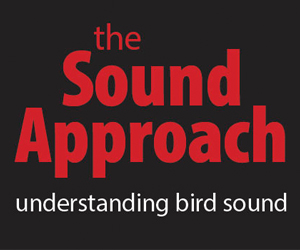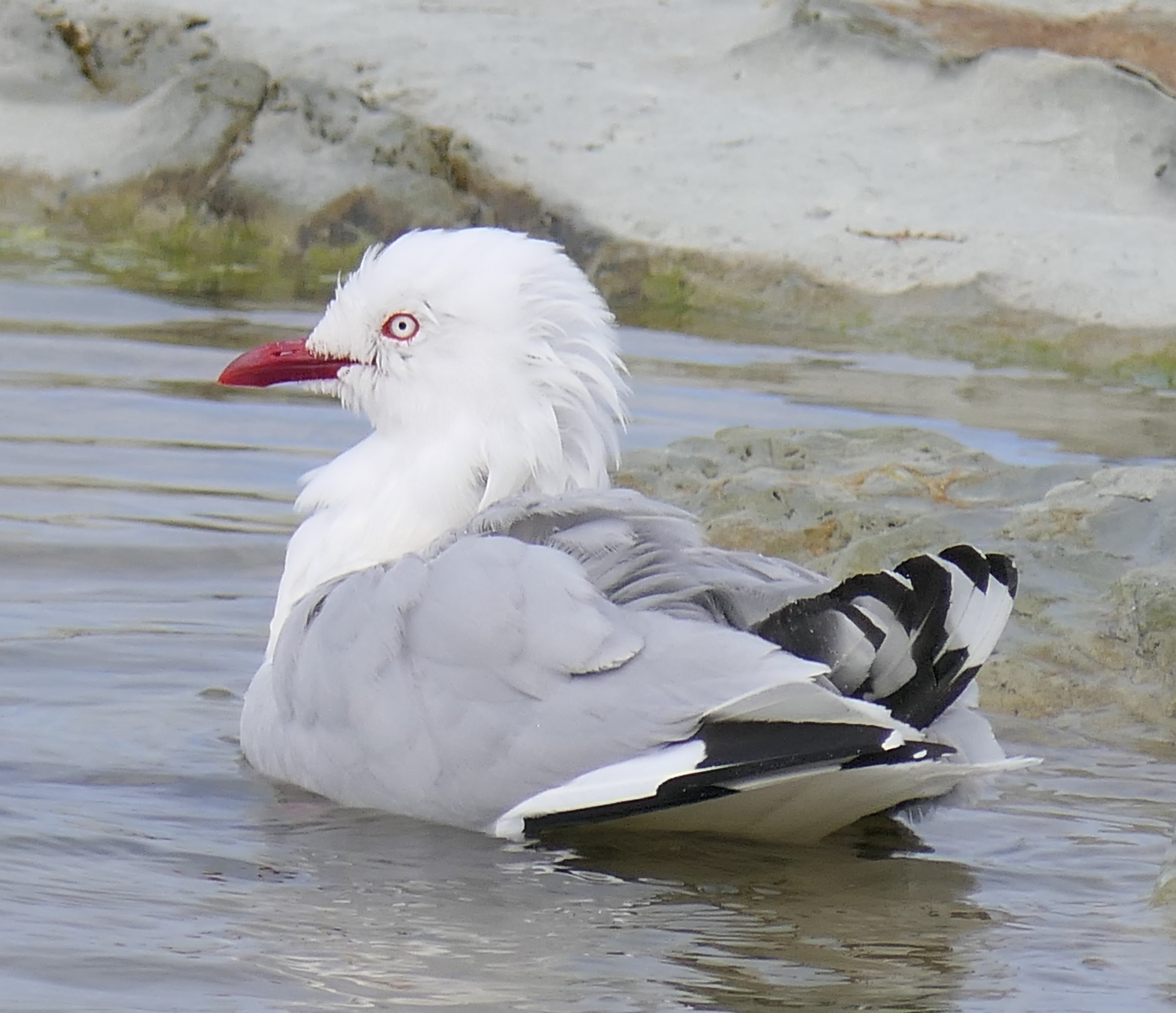Red-billed Gull C. (n.) scopulinus
Fotogalerij
| Mozaïek |
| Zeldzame soorten |
| Schaarse soorten |
| Overige |
| WP-soorten |
| Wereld-soorten |
| Determinatie |
| Historie |
| Dutch Bird Alerts |
| Dutch Birding 40 jaar |
| België |
| Belgian Bird Alerts |
| Zeldzaamheden België |
Silver Gull
Chroicocephalus novaehollandiae scopulinus
| Datum | 29 september 2022 |
|---|---|
| Locatie | Kaikoura, Zuidereiland, Nieuw-Zeeland |
| Fotograaf |
|
| Bekeken | 2393 × |
Discussie
Ted Hoogendoorn · 10 september 2022 15:18
Remco Hofland · 14 september 2022 10:36
George Sangster · 20 september 2022 16:38
Given, AD, Mills, JA, Momigliano, P & Baker, AJ 2022. Molecular evidence for introgressive hybridization in New Zealand masked gulls. Ibis in press.
We used mitochondrial DNA (mtDNA) gene sequences and nuclear microsatellite loci to investigate the extent and outcome of hybridization between the Black-billed Gull Chroicocephalus bulleri and the Red-billed Gull Chroicocephalus novaehollandiae scopulinus in New Zealand. Six of 26 sampled Black-billed Gulls possessed mtDNA typical of Red-billed Gulls, but allele frequencies at six polymorphic microsatellites provided little evidence of mixed ancestry expected in very recent hybrids. None of the Red-billed Gulls sampled from different colonies possessed Black-billed Gull mtDNA expected in the reciprocal cross, suggesting that hybridization in the two species typically occurs between female Red-billed Gulls and Black-billed Gull males. The lack of any hybrid signal in the nuclear loci indicates that there has been extensive backcrossing with Black-billed Gulls, effectively diluting the Red-billed Gull nuclear DNA contribution. Divergence of Red-billed Gulls and Black-billed Gulls occurred approximately 250 000 years ago, indicating that unsorted ancestral polymorphism is an unlikely alternative to hybridization. Comparing demographic models within an approximate Bayesian computation (ABC) framework, we confirm that the observed patterns cannot result from incomplete lineage sorting. Using an ABC random forest approach, we determined that the most likely model explaining the data is a recent introgression scenario, whereby unidirectional gene flow is re-established following a period of strict isolation. The ability of Black-billed and Red-billed Gulls to successfully interbreed shows that despite significant differentiation (FST > 0.3), there has been insufficient time for the two species to develop complete reproductive isolation. The apparent one-way transfer of Red-billed Gull mtDNA into Black-billed Gulls and extensive backcrossing argues against cytoplasmic–nuclear genome incompatibilities between the two species. We hypothesize that the specific mate recognition system cued on colours of soft parts normally functions to prevent hybridization, but that it can break down under demographic conditions where there is a shortage of available mates and a surplus of females in the Red-billed Gull population. The high incidence of introgression in Black-billed Gulls conflicts with field observations that interbreeding is extremely rare.
Gebruikers van het forum gaan akkoord met de forumregels.
Forum spelregels
Dutch Birding Association beoogt met het forum in de fotogalerij de lezer een platform te bieden waarop informatief en inhoudelijk gediscussieerd kan worden over zeldzame en schaarse vogels. Het forum staat daarmee in het verlengde van het (semi-) wetenschappelijke karakter van het blad Dutch Birding.
Om het gebruik van het forum in goede banen te leiden, heeft Dutch Birding de volgende regels opgesteld: de moderatoren kunnen reacties verwijderen die
- een degelijke onderbouwing van de determinatie missen
- als beledigend of kwetsend kunnen worden ervaren door andere forumgebruikers
- off-topic zijn
- spam of reclame bevatten
- zij beschouwen als trolling
Auteurs die zich niet houden aan de bovenstaande regels krijgen een waarschuwing en bij herhaling van het overtreden van bovenstaande regels behoudt het DBA bestuur zich het recht voor om het account van de auteur te blokkeren.
De moderatoren hebben het recht om zonder opgaaf van reden, onder verwijzing naar de spelregels, reacties te verwijderen.
Erger je je aan het trollen van anderen, realiseer je dan dat met niet-reageren cq doodzwijgen het trollen het snelst stopt. Reageer niet! Sein de moderatoren in via foto@dutchbirding.nl, zodat zij gepaste actie kunnen ondernemen.


